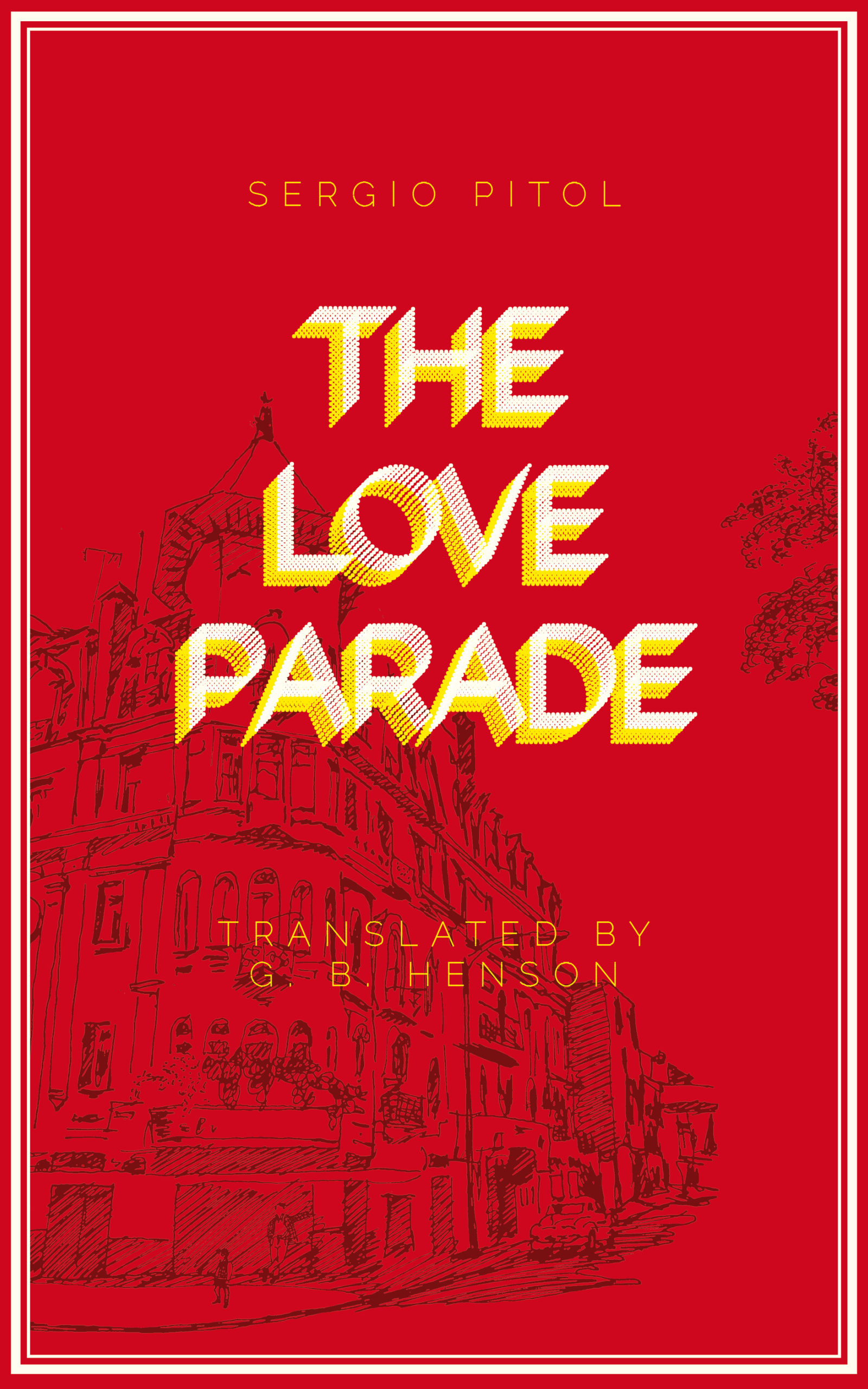The Bitter Perfume of Mystery
Reviews
By Wilson McBee
If you’ve ever found yourself using Google Street View to retrace the path you used to walk to elementary school, then you can relate to the way Miguel del Solar, the protagonist of Sergio Pitol’s The Love Parade, is drawn to the Minerva, an old apartment building in Mexico City’s Roma neighborhood. Del Solar lived in the Minerva, in an apartment occupied by his aunt and uncle, for a few months in 1942, when he was ten. Looking upon the building thirty years later, he sees a window into his childhood and a potential “archive of family nostalgia.” Yet Del Solar isn’t your typical nostalgist. He’s a historian, author, and professor at a university in Bristol, England, and he has returned to the Minerva on a roundabout journey triggered by research, happenstance, and curiosity.
Deciding to focus on Mexico during World War II for his next book project, Del Solar comes upon a cache of documents related to German agents operating in the capital city during the early 1940s. The files are mostly useless for Del Solar’s purposes—a description of innocuous activities of various German nationals in Mexico; hardly riveting as cloak-and-dagger spycraft—but for one tantalizing reference to a shooting that occurred inside the Minerva, during the period Del Solar was a resident, possibly involving a German agent.
Inhaling the “bitter perfume of mystery,” Del Solar is off on a mission to uncover what really happened. Police files and newspaper clippings confirm a few basic facts. The person killed was Erich Maria Pistauer, the teenaged stepson of Arnulfo Briones, brother of Del Solar’s aunt (by marriage), Eduviges. Two others were injured during the shooting: Ricardo Rubio, son of the gallerist Delfina Uribe, who gave a party at the Minerva on the night of the shooting; and Pedro Balmorán, an eccentric writer who still lives in the building all these years later. Erich, it turns out, is not German but Austrian. Arnulfo, a shady figure who might have had ties to the German government, died only a few years after Erich’s death. Del Solar soon recognizes the obvious insignificance of the event as well the fact that he will most likely be unable to discover an explanation for what happened. And yet, with impressive doggedness, he convinces himself that he’s found a rabbit hole worth exploring:
He repeated to himself that if he managed to solve the mystery he’d be able to understand many of the pressures of the moment: the decline of certain old regimes, the arrival of new ones. He sensed the pungent aroma of the time . . . It was worthwhile at least to attempt to possess the information necessary to form an objective opinion of the facts, and then to deduce from those what should be deduced.
Observing the lengths to which Del Solar goes to give a scholarly veneer to his quest to solve the riddle of Erich Pistauer’s murder, one wonders how many academic research projects begin this way—as personal obsessions that won’t be denied.
After a quick review of newspaper reports from around the time of the shooting, Del Solar moves on to plumbing whatever human sources he can find. And thus the novel’s structure snaps into place. More than anything, The Love Parade is a series of lengthy, often-digressive conversations about the past, as Del Solar seeks out the participants of 1942’s drama to see what they know. As an interrogator, Del Solar is both patient and alert, sometimes waiting to reveal his true object while letting his interlocutor meander through whatever topic occurs to them before seizing on a detail that could lead to a revelation. He’s like a fisherman, waiting for a bite. The cast of witnesses comes from a broad section of Mexican upper-class society. These include Delfina Uribe, the name-dropping art gallerist; Del Solar’s aunt Eduviges, engorged with bitterness; Pedro Balmorán, victim of the shooting and obscure reactionary polemicist; Derny Goenega, a sneering businessman; and Emma Werfel, deferential amanuensis to her mother, a prominent German-born intellectual.
Preferring to reflect on her relationships with some of the greatest painters of her era, Delfina resists Del Solar’s inquiries about her party and its aftermath. “Why dig deeper into this?” she asks. She is not alone in wanting to keep her knowledge to herself, so only a small portion of her dialogues with Del Solar are devoted to his pet subject. Instead, we get disquisitions on Mexico’s revolutionary generation and the country’s art world, not to mention plenty of family gossip. The circumstances of Erich’s death become further muddled amid a rush of oft-conflicting recollections. Meanwhile, other mysteries spring up like weeds. Arnulfo seems to have died under suspicious circumstances as well. Balmorán claims to have been attacked because of an account he had written of a Mexican castrato. Eduviges lays her ample resentments at the feet of Arnulfo’s sleazy sidekick. Throughout, Del Solar, who remembers little about the shooting besides the aftermath, searches in vain for a clue within in his own stock of memories: “He was convinced that as a child he’d noticed something that at the time escaped the notice of others, and he didn’t know what it was.”
Originally published in 1984, The Love Parade is appearing in English now for the first time, following previous translations of Pitol’s Memory Trilogy, a fictionalized autobiography, and a book of short stories, Mephisto’s Waltz. As with the previous volumes, George Henson has supplied a deft translation of Pitol’s kaleidoscopic prose. Clearly, Pitol was fascinated by the problems of memory, its evasions and voids. The Love Parade is ostensibly about a murder in 1942, but its true subject is a section of much-contested historical territory. In their recollections, revisions, and reevaluations, Del Solar and his conversants wage battle over the character of Mexican national identity during the first half of the twentieth century.
Wilson McBee lives in Highland Park, Illinois, and is currently at work on a novel.
More Reviews

